From Trash to Treasure.
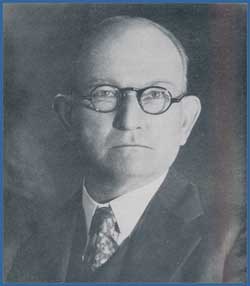 Presbyterian pastors love to rummage through old books. Browsing through a used bookstore in Houston, Texas, in 1902, the Rev. Samuel Mills Tenney noticed a bound stack of papers set aside in a corner of the store. His curiosity piqued, he asked the store owner and found that the papers were going to be thrown out. Glad to be relieved of what he considered trash, the owner gave the pile of papers to Rev. Tenney, who then carried his prize home for closer inspection.
Presbyterian pastors love to rummage through old books. Browsing through a used bookstore in Houston, Texas, in 1902, the Rev. Samuel Mills Tenney noticed a bound stack of papers set aside in a corner of the store. His curiosity piqued, he asked the store owner and found that the papers were going to be thrown out. Glad to be relieved of what he considered trash, the owner gave the pile of papers to Rev. Tenney, who then carried his prize home for closer inspection.
Back in his study, Rev. Tenney dusted off the papers and began to examine them closer. To his great surprise, he found these were class notes and other papers from around 1845 which had once belonged to Robert Lewis Dabney, from when Dabney was a student in Seminary. Dabney, as most know, went on to become one of the leading theologians of the old Southern Presbyterian Church. “Is this the way our Church treats her great men?,” Tenney asked himself.
This “chance” discovery became the inspiration that led Rev. Tenney to a lifelong obsession to preserve the history of his denomination. His 1902 discovery then led to his founding the Presbyterian Historical Society of the Synod of Texas, which later came to be located in Texarkana. Working without other support, Tenney spent the next twenty-five years gathering an impressive collection of records and memorabilia.
Then in 1926, when the 66th General Assembly of the PCUS met in Pensacola, Florida, that Assembly voted to establish a denominational archives, utilizing Rev. Tenney’s collection as the core of their new archives. The next year, the archives was given its official name, operating as the Historical Foundation of the Presbyterian and Reformed Churches. Relocation of the archival collections from Texarkana to denominational property in Montreat, North Carolina followed shortly thereafter.
Rev. Tenney continued as director of the Historical Foundation until his death on December 23, 1939.
When the PCUS merged with the United Presbyterian Church, U.S.A. in 1983, the merged denomination now had two archives, the other being the Presbyterian Historical Society, located in Philadelphia. Both institutions continued on, operated by the Presbyterian Church (USA), until early in 21st century, when the decision was made to close the Montreat location. So ended a great cultural institution. The major collections of the old Historical Foundation were relocated to Philadelphia, while arrangements were made to house the congregational history collections at Columbia Theological Seminary, in Decatur, Georgia.
When the Presbyterian Church in America was founded in 1973, there were subsequent discussions about housing our denominational records and archival collections at Montreat, under a cooperative agreement. Thankfully that arrangement was never realized. Instead, in 1984, Dr. Morton Smith, then Stated Clerk of the PCA, stood before the Twelfth General Assembly and made his case for a PCA Archives. The Assembly approved his motion. This was at a point when the PCA still did not have central denominational offices for its agencies, and so Dr. Will Barker, then president of Covenant Theological Seminary, offered free space for the Archives in the Seminary’s library. We’ve been there ever since, though we’re rapidly outgrowing our current facility.
Words to Live By:
There are a number of reasons why a denomination needs to maintain its own archive. But far and away, the most important is that these records stand as a testimony to what the Lord has done in our midst. I like to think of the Historical Center as a “Hall of Testimonies,”— witnesses to the reality of the Gospel and the fact that Jesus Christ changes lives.
“He hath made His wonderful works to be remembered.” — (Psalm 111:4a, KJV )
)
“One generation shall praise thy works to another, and shall declare thy mighty acts.” — (Psalm 145:4, KJV )
)

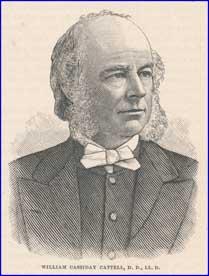
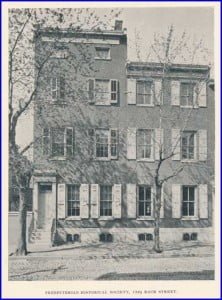
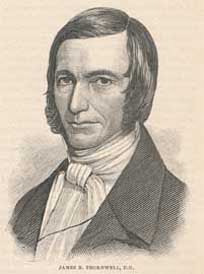
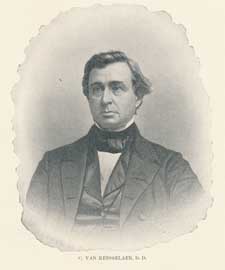
![Rev. Samuel Davies [3 November 1723 - 4 February 1761]](https://thisday.pcahistory.org/wp-content/uploads/2012/04/DaviesSamuel.jpg)